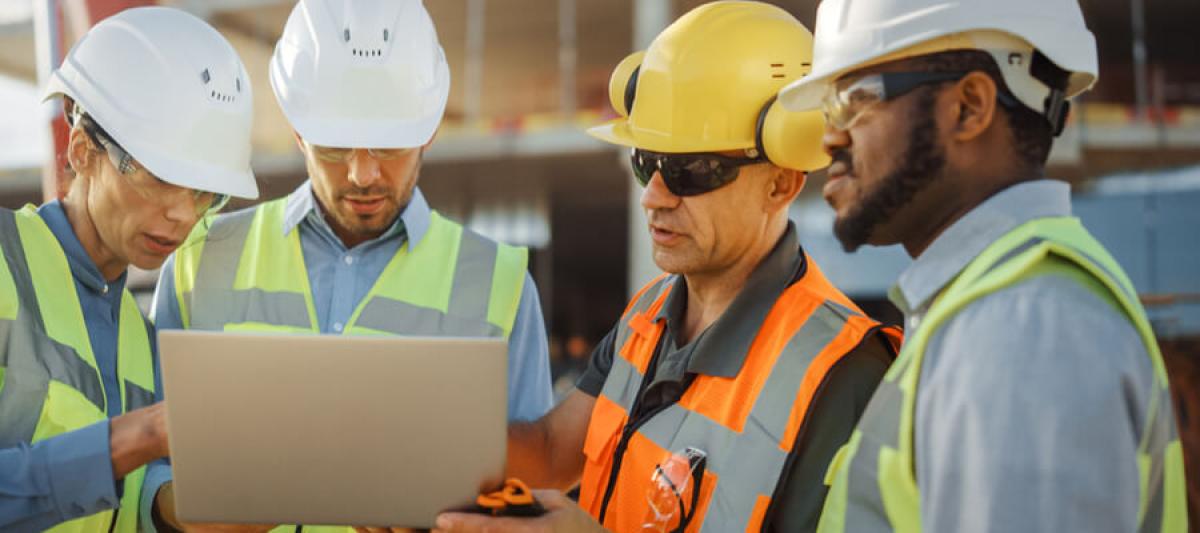
It probably comes as no surprise that electrical safety is a big deal in the construction industry. After all, electricity is present in almost everything you do, from the tools you use to the lights that guide your work. To keep employees safe on the job, it's often helpful to review the biggest dangers--and what you can do about them.
Electrical Safety Hazards in Construction
Construction sites are in constant motion. They're bustling and busy--and, unfortunately, they're also the home of many electrical safety hazards. To provide the appropriate protection and improve overall safety measures, it's important to be aware of the potential risks on a construction site.
Here are just a few things workers look out for on a daily basis:
- Power lines, a common and necessary part of any cityscape that can cause serious burns when touched;
- Damaged tools and insulation, which, while easy enough to overlook, can quickly become a serious shock risk;
- Unsafe conditions, including rain or snow that can conduct electricity;
- Improper grounding, which means electricity doesn't have a safe path to follow and can shock workers instead.
Although these risks are serious and, in some cases, difficult to avoid, there are certain safety measures that can help keep workers safe on the job. All you have to do is know where to start.
Improving Electrical Safety at Construction Sites
To create a safe, OSHA-compliant work environment, there are a few important steps you can take. Here's a look:
#1: Invest in appropriate training.
Electrical safety training helps make workers aware of common risks. It also makes them capable of protecting themselves and their coworkers from these hazards.
With a professionally trained crew, you can rest assured that everyone knows how important it is to prioritize electrical safety on the construction site--and that they all have the knowledge necessary to make it happen.
#2: Conduct risk assessments.
Risk assessments are your way of staying informed about the construction environment and working conditions. This can be done in a variety of ways, including through the help of an electrical subcontractor. By the end of the risk assessment, you should have a clear picture of where electrical safety hazards exist, which can be removed or eliminated, and which are inherent to the environment and must simply be avoided.
#3: Use the right equipment.
Voltage regulators, circuit breakers, cable covers, and cord protectors should always be present on the construction site. These tools help protect workers from unsafe situations, minimizing the risk of electrical safety hazards on the job.
Personal protective equipment (PPE), including electrical-grade gloves and footwear, should be worn at all times. Use the information gathered in your risk assessment to decide how much PPE workers should be required to wear--the higher the risk, the more PPE is necessary.
Conclusion
Although electrical safety hazards are part of any construction site, that doesn't mean you and your workers are on your own. Our professional trainers can help raise awareness and provide all the tools, knowledge, and skills necessary to avoid risks and hazards on the job.
Contact us today to start improving electrical safety on your construction sites.
